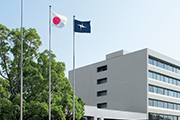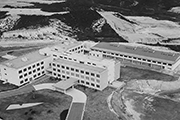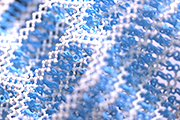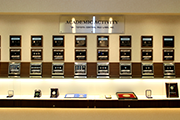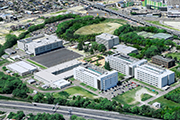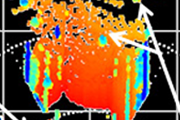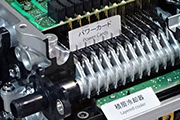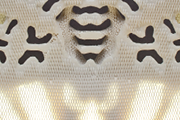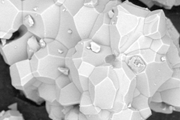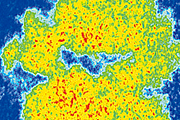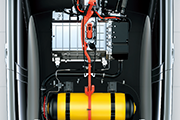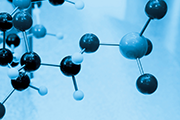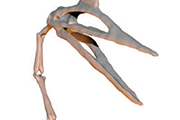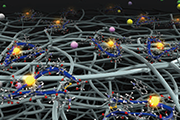Published in ACS Applied Materials & Interfaces
Research into the elucidation of the formation mechanism of SEI layers that affect battery properties by Hiroyuki Kawaura et al., which was carried out in collaboration with the High Energy Accelerator Research Organization, was published in ACS Applied Materials & Interfaces.
Lithium-ion batteries (LIBs) are already widely used in mobile devices due to their large capacity, compact size, and low weight. The applications of LIBs are continuing to expand, with the commercialization of batteries for HEVs, PHEVs, and BEVs. One of the keys to battery performance is the solid electrolyte interphase (SEI) layer that forms at the electrode-electrolyte interface. The formation mechanism of this SEI layer under the LIB charge-discharge operating environment was successfully identified using the SOFIA neutron reflectometer at J-PARC. In a nondestructive analytical process, Li insertion and desorption and the formation process of the SEI film on the electrode during charge/discharge were observed using neutron beams with high penetrating power and detectable light elements such as Li, C, and O. Furthermore, by combining this analysis with hard X-ray photoelectron spectroscopy, the influence of electrolyte components on the SEI layer structure was clarified. These results are expected to contribute to the improvement of battery performance, such as the charge-discharge cycle characteristics.
Title: Effects of Lithium Bis(oxalate)borate Electrolyte Additive on the Formation of a Solid Electrolyte Interphase on Amorphous Carbon Electrodes by Operando Time-slicing Neutron Reflectometry
Authors:Kawaura, H., Harada, M., Kondo, Y., Mizutani, M., Takahashi, N., Yamada, NL.
Journal Name: Published: 18 May 2022
Published: 17 May 2022
https://doi.org/10.1021/acsami.2c06471















